The Kia EV9 comes with a whole bunch of sustainably-sourced items. Here they are.
Kia have been on a march towards increased sustainability in the last decade. Starting in 2014, the company began trying out renewable materials in production vehicles. One example is the Kia Soul EV, which was not sold in Malaysia.
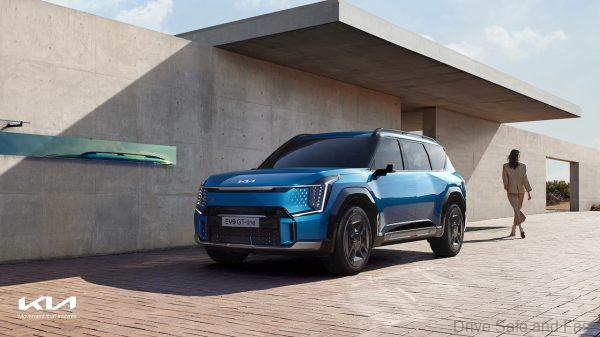
The Soul EV was introduced with bioplastic and bio fibre derived from sugar cane. Now, the brand is looking at changing things dramatically in future models, starting with the upcoming EV9. The brand will be moving away from animal-sourced leathers on all future products. In addition, they’ve outlined some sustainable items that will be included in the EV9.

1. Bioplastic
Bioplastics are a type of plastic that comes from renewable sources instead of fossil fuels. Sources include vegetable oils, corn extract, sawdust and sugar cane. You’ll find bioplastics being used on the dashboard, console, pillars and garnishes.
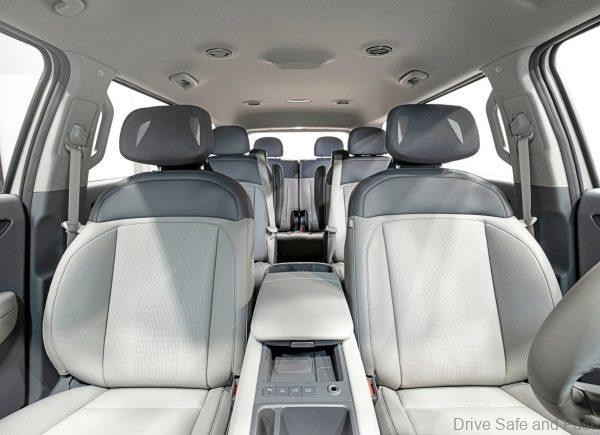
2. Post-consumer material (PCM) plastic
PCM plastic is made from recycled materials rather than virgin plastic pellets. PCM’s have two benefits – it reduces the reliance on fossil fuels and other resources to create plastics while also keeping plastic waste from ending up in the landfill or ocean. The EV9 uses PCM plastic on the door garnishes.
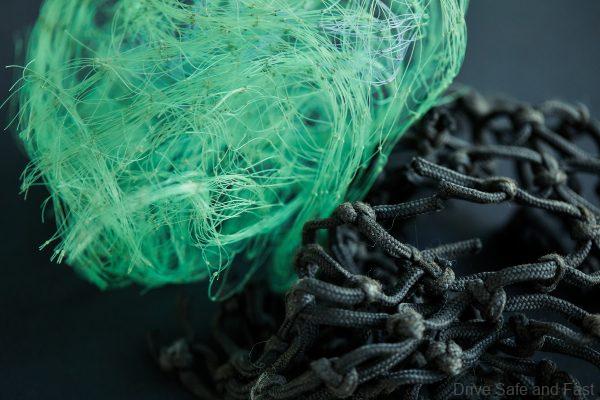
3. Bio PU
Methane is a huge contributor to green house gas emissions and cows raised for leather produce this harmful gas. By phasing out leather and using Bio Polyurethane of high quality, Kia can use to plant-based materials to create a synthetic leather substitute that feels just as good as the real thing. The seat and interior covers of the Kia EV9 use Bio PU.
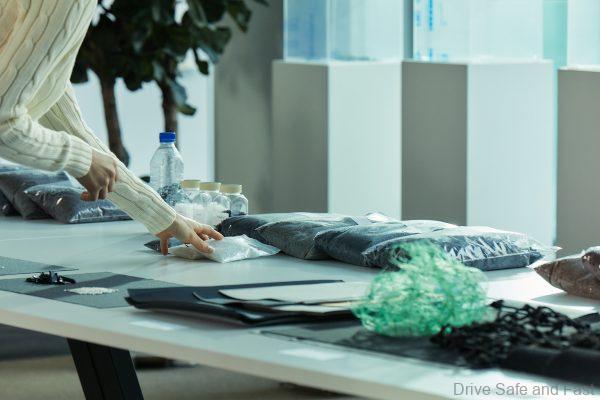
4. Recycled PET fabric/carpets/yarn/felt
Polyethylene terephthalate (PET) is one of the easiest types of plastics to recycle and you’ll find it everywhere. The Kia EV9 uses recycled PET fabric to create water-resistant surfaces within the car’s interior, such as its seats, headliner, sun visor, garnishes and headrests. Even the standard carpets and cabin floors in the EV9 use PET carpets and the felt luggage board lining. Recycled PET yarn is also used in the seat stitching. At least 70 recycled bottles worth of PET fabric go into each EV9. Recovered fishing nets from the ocean also are used in the production of these items.
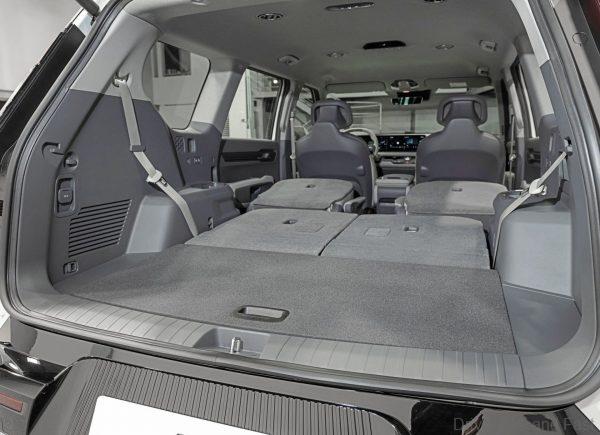
6. Bio PU foam
Kia will also be using bio polyurethane sourced from natural oils. These can be found in the car’s headrests and they’ll also reduce reliance on new materials and fossil fuel.
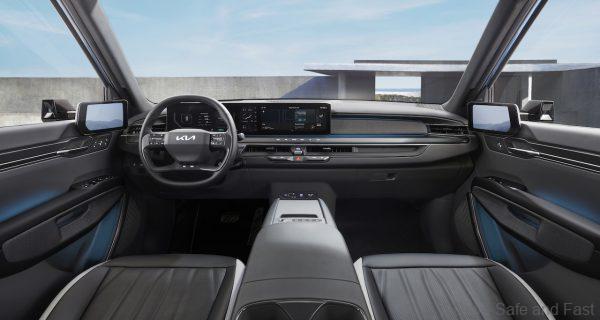
7. Bio paint and BTX-free paints
Car companies have been moving towards water-based paints to reduce their environmental impact, but some applications still require oil-based paints. The compromise by Kia is to use bio paints that use rapeseed oil for those applications. You’ll find bio paint on the door switch panels of the new Kia EV9. What’s more, Kia have also moved away from benzene, toluene and xylene (BTX) in paints in a majority of the EV9’s painted surfaces.


